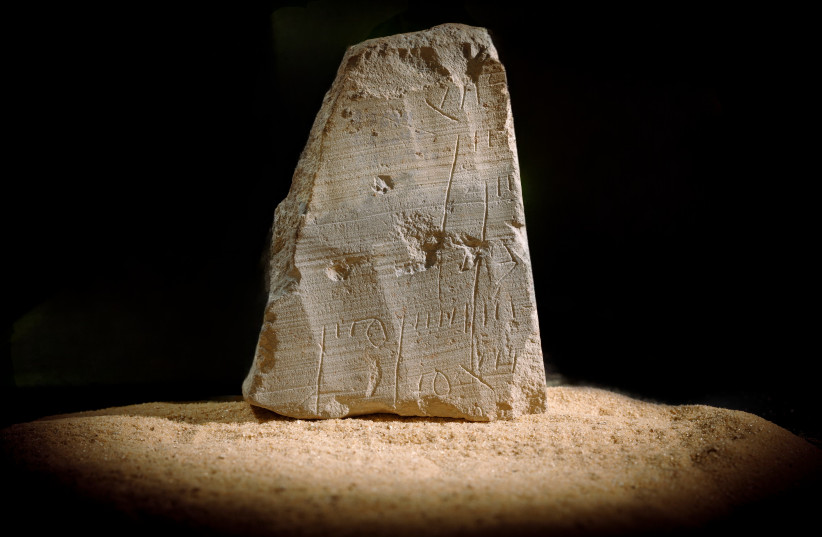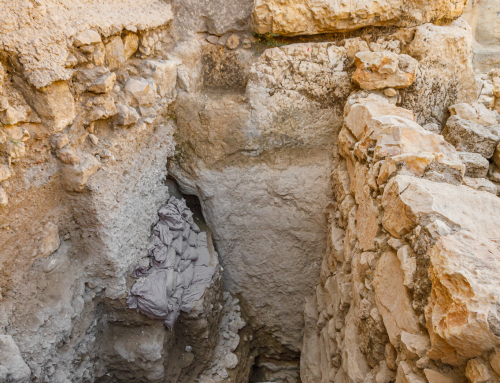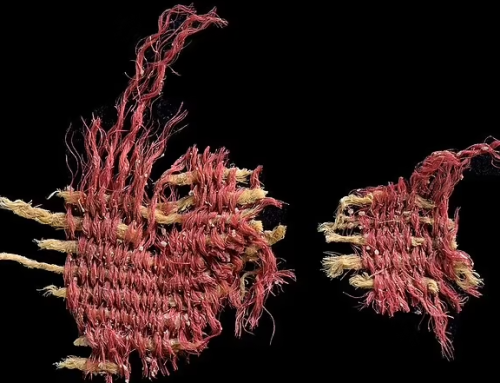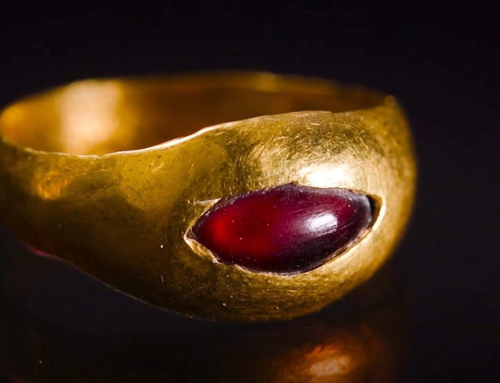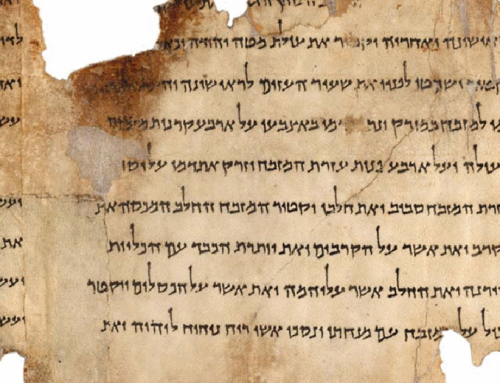Israeli archaeologists in Jerusalem have discovered an ancient receipt from 2,000 years ago, dating back to the Second Temple period, the Israel Antiquities Authority announced.
The artifact was found along the Pilgrimage Road that connects the City of David to the Temple Mount and is a snapshot of the bustling commercial life in biblical Israel.
The findings were published in the Israel Antiquities Authority’s peer-reviewed academic journal ‘Atiqot.
Cash or credit? An ancient Israelite financial record from the Second Temple era
The financial record was found in the form of a small stone fragment with an inscription that included seven partially preserved lines with Hebrew letters and numbers.
One of these lines, for example, contains what seems to be the name Shimon. Other lines includes a series of numbers marked with the Hebrew letters mem (short for ma’ot, meaning money) and resh (short for reva’im, meaning quarters).
This type of discovery isn’t exactly new, which is why archaeologists are sure of what it is. Transactional records are the subject of considerable discourse in Jewish law. In the third chapter of the Talmud’s Tractate Bava Batra, there is a discussion on proof of purchase for property and real estate.
In addition, according to Bar-Ilan University’s Prof. Esther Eshel and Israel Antiquities Authority excavation director Nahshon Szanton in their study in ‘Atiqot, there have actually been four other finds similar to this.
These artifacts, found in Jerusalem and Beit Shemesh, all with names and numbers on similar pieces of stone that date back to the early Roman era.
However, this particular financial record stands out from the rest because it was found within the contemporary boundaries of Jerusalem.
However, given its location, this isn’t too surprising.
The history of the Pilgrimage Road
The financial record was found along the Pilgrimage Road. In ancient times, this 600-meter road connected the Siloam Pool to the Temple Mount. During the pilgrimage festivals of Passover, Sukkot and Shavuot, Jewish pilgrims would come to the pool here to purify themselves, after which they would walk the road over to the Second Temple.
But the path to the Temple wasn’t just walking and talking. Archaeologists have long been aware that the road was also used for commercial purposes. Indeed, it would have essentially been a very bustling shopping district, with the sides of the Pilgrimage Road crowded with stores and vendors, selling everything from food, spices and livestock.
Some evidence of this has been found in the excavations, and the archaeologists at the City of David have been busy parsing through all the ancient debris to find the shops. In fact, some of these stores have already been rebuilt by the City of David for future tourists to see.
And thanks to this artifact, we now have a better glimpse at just what this ancient commercial area may have been like, filling in another layer of the rich history of Israel’s capital.
This is something the Israel Antiquities Authority is well aware of.
“It is not a coincidence that the many discoveries which are being revealed in the excavation shed light on the centrality of this road even during the Second Temple period,” said Israel Antiquities Authority director-general Eli Escusido.
Also weighing in is Heritage Minister Amichai Eliyahu, who said: “The remarkable discovery on the Pilgrimage Road in Jerusalem uncovers another aspect of Jewish life in the city from 2,000 years ago.”
Original Article – https://www.jpost.com/archaeology/article-743349

